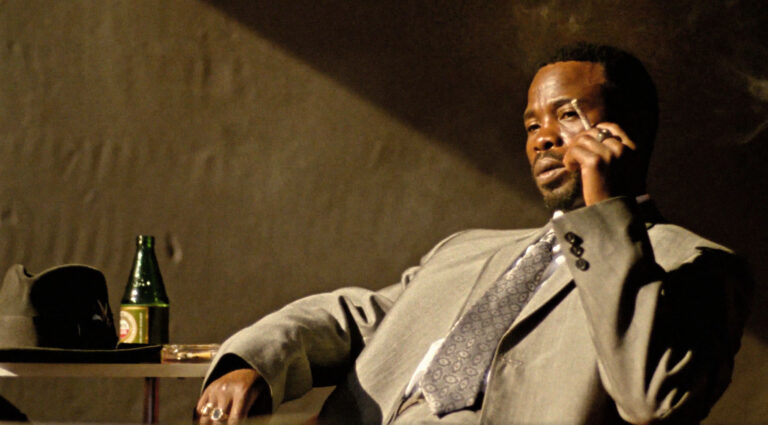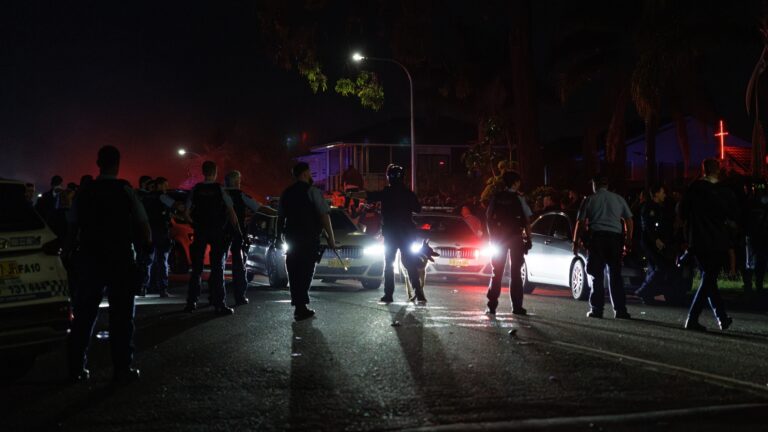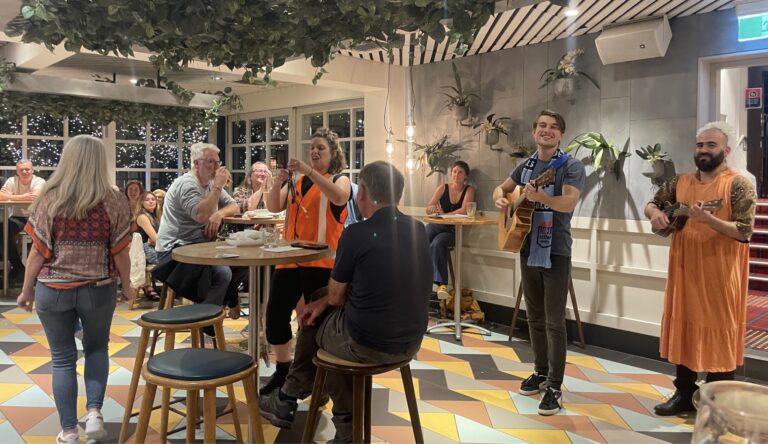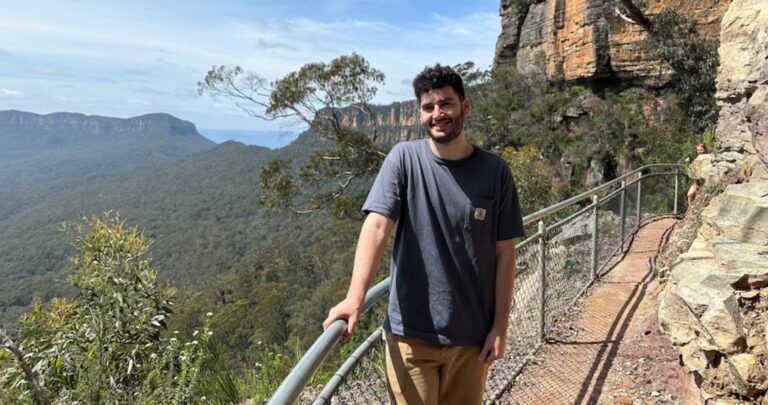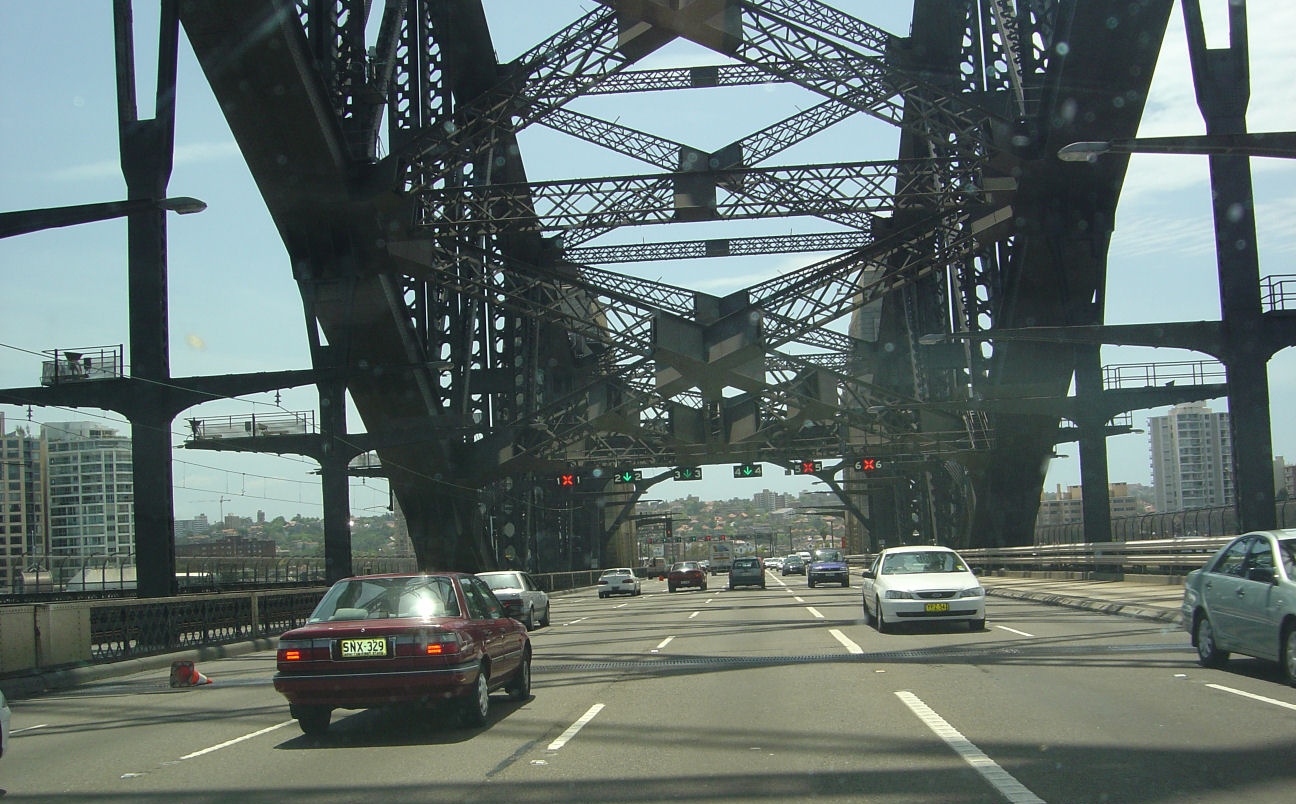
City Hub’s guide to the 2022 federal election

Image: Australians will go to the polls on May 21. Photo: AEC.
By DANIEL LO SURDO
After months of official and unofficial campaigning, gotcha questions, COVID infections and pithy one-liners, the 2022 federal election is now staring us right in the eye.
On May 21, Australians across the country (and indeed, overseas) will take to the polling booth to share who they wish to be represented by in Canberra for the next three years. This election, however, looms as a particularly significant event for voters across the inner west, inner-city and eastern suburbs, whose seats are home to key battlegrounds and the next potential prime minister.
Let’s start on that note, as history beckons in the inner west seat of Grayndler for longtime leader Anthony Albanese. While all but assured to keep his seat, Albanese will hope that Labor can secure the support of at least 75 more electorates across the country, which will allow his party to form a majority government and see him become the 31st Prime Minister of Australia, and the first-ever from Grayndler.
‘Never stop fighting’ for inner west: Albanese
Albanese affirmed his commitment to his seat while speaking to City Hub earlier this month, saying that he has “never taken the people of Grayndler for granted” and “will never stop fighting for it”, even if he does become prime minister.

While rival candidates are mounting serious challenges against Albanese behind the financial backing of their party rooms, none seem likely to put a dent in the status quo of the blue ribbon seat, which has been held by a Labor Party member since its inception in 1949.
While on the campaign trail this year, Albanese and his team haven’t strayed too far from home, making appearances at the Addison Road Community Organisation in Marrickville, the Orange Grove Public School markets in Lilyfield, and Henson Park, where he pledged $2.5 million to upgrade the precinct and its broadcasting capacities. He has also fielded many of his TV interviews from the inner west and observed his one-week quarantine period (after testing positive for COVID-19) from his Marrickville home, which has helped keep his electorate onside during a gruelling election campaign.
A similar state of play is found across the eastern border of Grayndler, where the safe inner-city Labor seat of Sydney looks to remain in the hands of longtime member Tanya Plibersek.

Albanese and Plibersek appeared together for the first time in the election campaign earlier this month in the ultra-marginal Melbourne seat of Chisholm spruiking Labor’s education policy, where they dismissed any suggestions that she was been ‘benched’ by the party during campaigning.
As the Shadow Minister for Education and Women, Plibersek will more than likely occupy an important role in an Albanese government if Labor wins the election.
Despite a prolonged absence from the national spotlight, Plibersek’s future in Sydney looks steady heading into the election. About half of voters preferenced Labor on their ballot in 2019, maintaining a dominant lead over the Liberals and Greens which is predicted to continue later this month.
Allegra Spender inspired by success of independents at previous election
A hard-fought campaign in Wentworth between incumbent Liberal Dave Sharma and independent Allegra Spender will come to a close on May 21 after months of heavy campaigning in the eastern suburbs seat.

